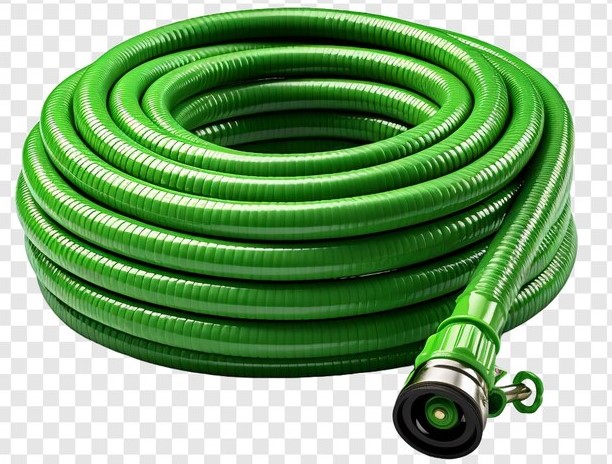Table of Contents
The Basics of Garden Hose Thread Sizes: What You Need to Know
When it comes to connecting various garden hose accessories, understanding the thread sizes is key. Garden hose thread sizes can vary, and deciphering them can often be confusing. In this article, we will unravel the mysteries surrounding garden hose thread sizes, providing you with the essential knowledge to choose the right connectors and prevent any frustrating mishaps.
To start, it’s important to know that garden hose threads are measured in two primary dimensions: the diameter and the number of threads per inch. The diameter is typically expressed in fractions of an inch, and the thread count refers to how many threads are present per inch of the hose.
One common thread size used in the United States is 3/4-inch GHT (Garden Hose Thread). This size is commonly found in most residential garden hoses and is compatible with various nozzles, sprinklers, and other attachments. However, it’s crucial to note that not all connectors labeled as 3/4-inch GHT are identical, as there are variations in thread pitch and diameter, leading us to our next section.
Cracking the Code: Understanding Different Garden Hose Thread Standards
While 3/4-inch GHT is a widely used thread size, it’s not the only standard out there. Different countries and industries have their own thread standards, which can add to the confusion. For example, in the United Kingdom, the standard thread size is 1-inch BSP (British Standard Pipe). Meanwhile, in Japan, you’ll encounter the 1-inch PT (Pipe Thread).
Moreover, there are also variations within the same thread size standards. For instance, within the 3/4-inch GHT standard, you may find connectors labeled as NH (National Hose), NHR (National Hose Rigid), or NPSH (National Pipe Straight Hose). These variations have slightly different threads per inch and can affect the compatibility with other fittings. Therefore, it’s crucial to understand the specific standards and variations to ensure proper connections.
By familiarizing yourself with the different thread standards and their variations, you can avoid the frustration of incompatible connectors and ensure a smooth and secure connection between your garden hose and its accessories.
The Devil is in the Details: Navigating Male and Female Hose Connectors
When dealing with garden hose connectors, you will encounter both male and female ends. The male end typically has external threads and is designed to fit into the female end, which has internal threads. To ensure a secure and leak-proof connection, it’s essential to match the male and female ends correctly.
To identify whether a connector is male or female, look for external threads on the male end and internal threads on the female end. It’s important to note that some connectors may have both male and female threads, allowing you to connect them in either direction. These connectors are known as “dual-threaded” or “reversible” connectors.
When connecting male and female ends, it’s important to use a washer or gasket to create a tight seal. These small rubber or plastic discs are placed between the two ends and help prevent leaks. It’s recommended to replace the washer regularly to maintain a reliable seal.
Choosing the Right Connector: Compatibility Matters
Now that you understand the basics of garden hose thread sizes and the differences between male and female connectors, it’s crucial to ensure compatibility between your hose and its accessories. Using incompatible connectors can lead to leaks, reduced water flow, and even damage to your equipment.
When purchasing connectors, always check their thread size and standard to ensure they match your hose and other attachments. Consider the specific needs of your garden and the types of accessories you plan to use. Remember that even within the same thread size, there can be variations that affect compatibility, so it’s essential to pay attention to the specific labeling and standards.
Additionally, it’s a good idea to invest in high-quality connectors made from durable materials like brass or stainless steel. These materials offer better resistance to corrosion and wear, ensuring a longer lifespan for your connectors and preventing premature leaks.
By taking the time to understand garden hose thread sizes, standards, and connector compatibility, you can make informed choices and avoid frustrating mishaps. Whether you’re setting up a new garden or upgrading your existing hose system, proper knowledge about connectors will help you create a seamless and efficient watering experience. So, decode the mysteries of garden hose thread sizes, and enjoy hassle-free watering in your garden.
Photo source: freepik.com

